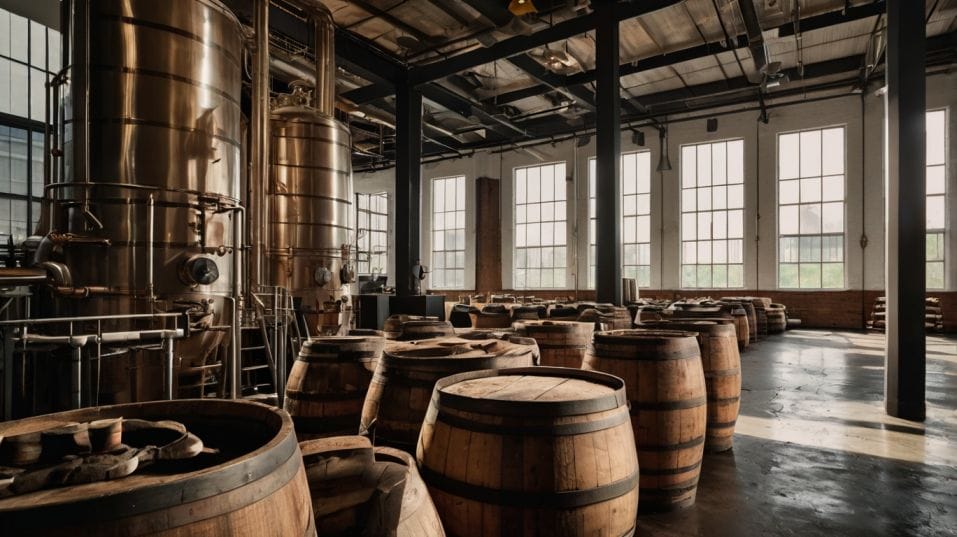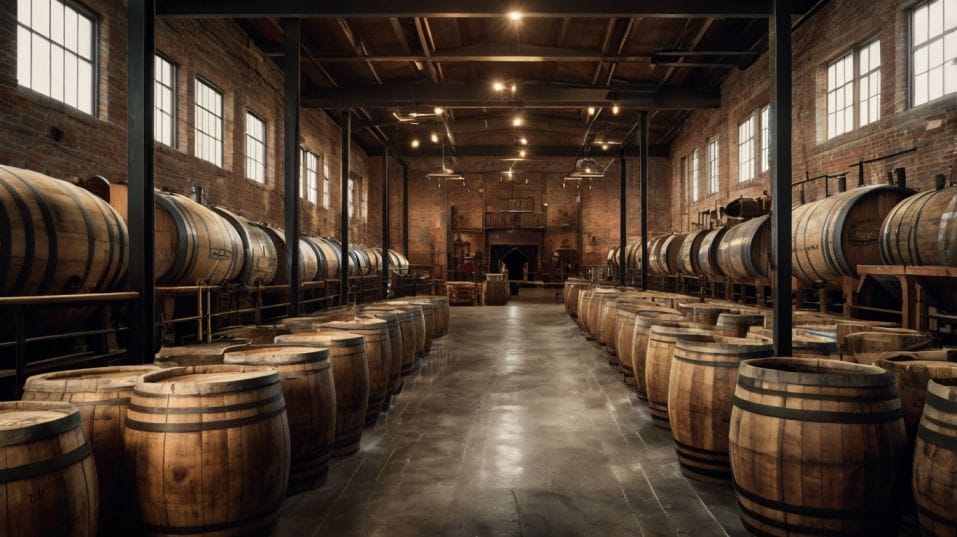What Makes Tennessee Whiskey Unique?
Learn why Tennessee whiskey stands apart. Discover how technique, climate, and subtlety sharpen your palate and elevate your whiskey journey.

What if your next favorite whiskey didn’t come from Kentucky? Tennessee whiskey isn’t just a regional twist—it’s a full recalibration.
With a process that strips harshness and enhances depth, it delivers balance and clarity where others chase boldness.
For whiskey newcomers eager to taste with more precision and build a sharper palate, Tennessee whiskey offers a masterclass in restraint—and a whole new way to enjoy what’s in your glass.
The Line Between Bourbon and Tennessee Whiskey
Let’s get this out of the way: Tennessee whiskey is bourbon by federal standards. Same minimum 51% corn in the mash. Same new, charred oak barrels.
Same distillation and aging rules. But if that’s all you’re looking at, you’re missing the entire point.
Tennessee whiskey adds an extra step: the Lincoln County Process. Before aging, the fresh distillate is slowly filtered through thick beds of sugar maple charcoal—sometimes over 10 feet deep.
This method isn’t optional; it's mandatory if you want to call your product Tennessee whiskey (with rare historical exceptions). It’s not just a filtration—it’s a transformation.
That charcoal mellowing strips away grainy sharpness and fusel alcohols that give young whiskey its bite. What comes out the other side isn’t bland—it’s refined.
It’s a quieter, smoother version of the same spirit. If bourbon is muscle, Tennessee whiskey is muscle with control. For anyone trying to train their palate or collect with clarity, that difference matters.

What Charcoal Mellowing Actually Does
Forget the idea that charcoal adds flavor. It doesn’t. It removes harsh elements so the core character of the whiskey can shine through without distraction.
This process slows everything down. It’s a patient act. The new whiskey trickles through those charcoal stacks over several days.
That long contact time pulls out sulfur compounds, oils, and aldehydes that haven’t had time to mellow out on their own. The result? A softer mouthfeel, fewer off-notes, and a smoother transition from start to finish.
If you’re learning to taste with intention, charcoal filtering is your best ally. It amplifies the nuances—ripe grain, toasted oak, banana bread, subtle florals—that often get buried under ethanol or barrel char in younger bourbons.
You start focusing on how the whiskey moves across your tongue, not just what it tastes like. You start learning to chase balance over boldness.
The Impact of Climate and Aging
Tennessee’s climate plays a more active role than you might think. Summers here get hot. Winters dip just enough to cool things down.
That range accelerates the barrel’s influence. Whiskey expands and contracts inside the oak, drawing out flavor at a pace that demands careful monitoring.
How Mellowing and Aging Interact
But here's the key: thanks to the Lincoln County Process, the spirit going into the barrel is already smoother. That changes the whole equation.
Instead of masking aggressive edges with oak tannin, the barrel gets to enhance a cleaner base spirit. You’re not tasting conflict. You’re tasting integration.
This is one reason Tennessee whiskey often tastes more mature than its age suggests.
Even younger expressions can carry surprising richness—baked apple, honeyed corn, soft spice—without the clunky bitterness or raw graininess that plagues rushed bourbons.
It’s also why Tennessee whiskey tends to drink below its proof, with a rounder, gentler profile.
Grain Bills and Yeast: Flavor’s Foundation
Tennessee distillers work with similar grains as bourbon producers: corn, rye or wheat, and malted barley. But the mash bill is just the start. What matters just as much—especially in Tennessee—is the yeast.
Why Yeast Character Matters
Many Tennessee distilleries use proprietary yeast strains passed down over generations. These strains aren’t just for fermentation—they’re flavor engines.
They shape the esters and acids that form the whiskey’s aroma and mid-palate. Think banana, baking spice, nutty sweetness, or even savory umami. These are yeast-driven markers, not barrel tricks.
When you’re building a collection or dialing in your taste memory, yeast character is one of the most overlooked yet rewarding elements to track. Tennessee whiskey gives you a clean enough canvas to actually detect it.
A Style That Trains Your Palate
Here’s the real value for someone learning to taste: Tennessee whiskey rewards subtlety. It teaches you to find flavor in texture, weight, and transitions. You stop asking “how strong is this?” and start asking “how cohesive is this?”
The soft edges make room for flavor layering. Try a sip and pause. Notice how the fruit fades into vanilla.
How the corn sweetness doesn’t just hit, but lingers with a warm, toasted lift. You’ll start to detect when a whiskey is fighting itself—and when it’s in harmony.
The best Tennessee whiskeys don't rely on shock value. They don’t need a gimmick. They don’t scream for attention. They whisper—then stay with you.
Why Tennessee Whiskey Belongs in Your Collection
If you’re only collecting bottles with high age statements or novelty finishes, you’re missing the point. Tennessee whiskey deserves a spot in your collection because it teaches restraint, structure, and technical excellence.
How It Sharpens Your Taste
Its value isn’t just in how it tastes—it’s in what it helps you taste elsewhere. Once you’ve trained your senses on a few Tennessee pours, you’ll start noticing harsh barrel overtones in cheaper bourbons.
You’ll catch when a whiskey’s mouthfeel feels clumsy or when it finishes hollow. That’s a major shift.
You’re not just drinking more whiskey—you’re drinking smarter. And you’re building a palate that sees through the noise.
Final Thoughts
Tennessee whiskey stands alone because it commits to a different path—one built on clarity, process, and finesse. It doesn’t need gimmicks.
It doesn’t need to be loud to be complex. It’s a category that sharpens your tasting, strengthens your collection, and teaches you how whiskey should feel on the tongue.
So try one today. Pour it next to your favorite bourbon. Let your palate do the comparison. Don’t chase heat—chase balance. The better you get at tasting Tennessee whiskey, the better you’ll get at tasting everything.




